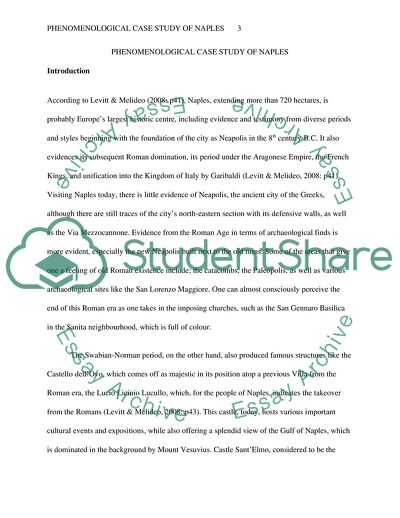Cite this document
(Phenomenological Case Study of Naples Essay Example | Topics and Well Written Essays - 4000 words, n.d.)
Phenomenological Case Study of Naples Essay Example | Topics and Well Written Essays - 4000 words. https://studentshare.org/environmental-studies/1828941-an-understanding-of-views-in-architecturecase-study-naples-italy
Phenomenological Case Study of Naples Essay Example | Topics and Well Written Essays - 4000 words. https://studentshare.org/environmental-studies/1828941-an-understanding-of-views-in-architecturecase-study-naples-italy
(Phenomenological Case Study of Naples Essay Example | Topics and Well Written Essays - 4000 Words)
Phenomenological Case Study of Naples Essay Example | Topics and Well Written Essays - 4000 Words. https://studentshare.org/environmental-studies/1828941-an-understanding-of-views-in-architecturecase-study-naples-italy.
Phenomenological Case Study of Naples Essay Example | Topics and Well Written Essays - 4000 Words. https://studentshare.org/environmental-studies/1828941-an-understanding-of-views-in-architecturecase-study-naples-italy.
“Phenomenological Case Study of Naples Essay Example | Topics and Well Written Essays - 4000 Words”. https://studentshare.org/environmental-studies/1828941-an-understanding-of-views-in-architecturecase-study-naples-italy.


